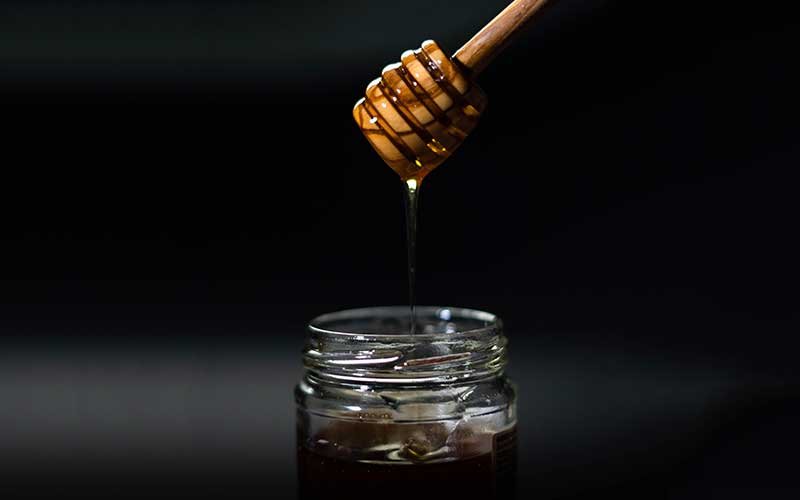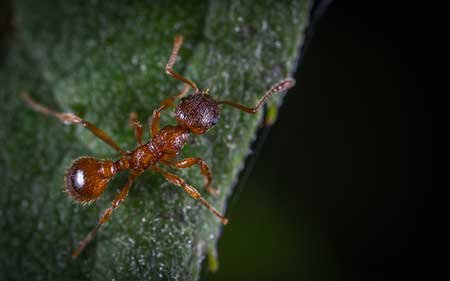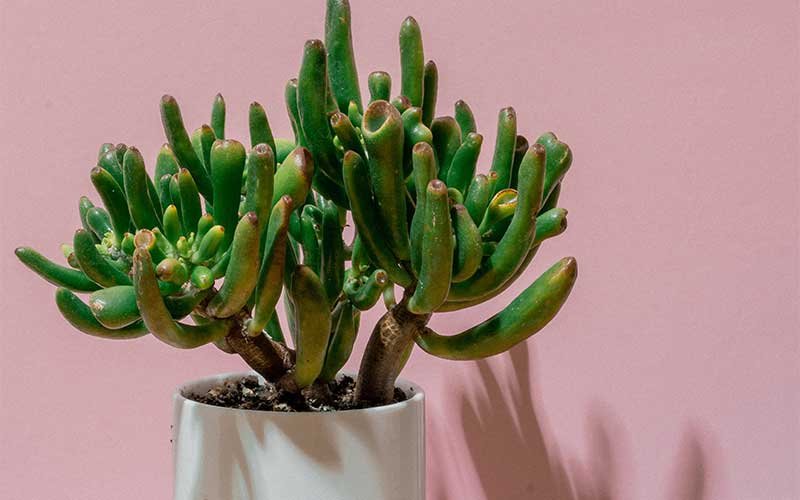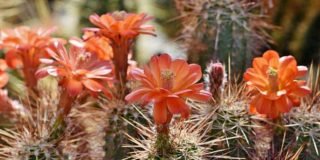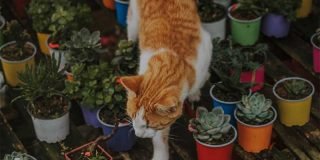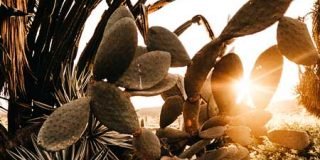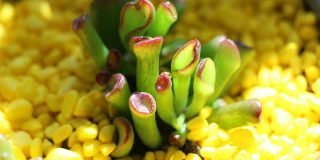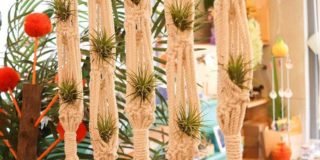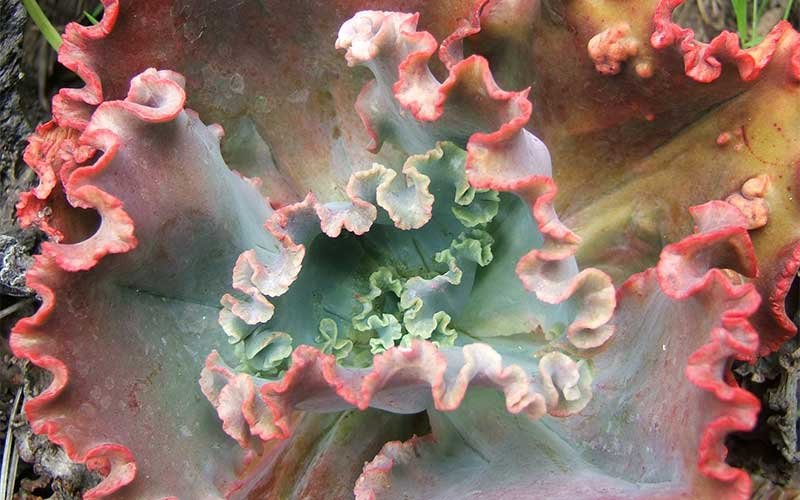
A Guide to Propagating and Caring for Echeveria Neon Breakers
Echeveria Neon Breakers make for fantastic houseplants. They are super easy to grow, and they have brilliant colors that can brighten any garden.
This pretty succulent from the Genus Echeveria falls under the Crassulaceae family and a patented succulent developed by Altman Plants. It’s an O’Connell hybrid that’s a cross between the Echeveria “Pink Frill” shaviana succulents and an unknown parent.
The Echeveria Neon Breaker, also known as Mexican Hens and Chicks, is famous for several apparent reasons. It tolerates drought better than most Echeverias, grows faster, and even more tolerant to pests. It also doesn’t suffer dormancy or shutdown like other succulents.
The Echeveria Neon Breaker forms a rosette that comes in pink, purple, and blue-green. Its leaves have hot pink wavy, crinkled edges, and texture that is not common to Echeveria cultivars. When first planted, the Neon Breaker has blue-green leaves with pink tips, but as it receives more sunlight, it displays a beautiful sunset-like color. The blue-green leaves turn into a combination of deep purple, magenta, and pink. The colors become more vivid in summer and early fall. During this time, tall, purple stalks start growing in the middle of the rosette, where vibrant pink flowers will later on bloom. The rosette can grow up to 8cm in diameter and 6cm in height.
Caring for Echeveria Neon Breaker
Soil Requirements
In their natural habitat, Echeverias grow on mountainsides in high altitude rocky areas. In this habitat, the water quickly drains away, so the roots don’t remain wet for too long. That said, you must provide it with well-draining soil, so its roots don’t get waterlogged. Choose a sandy soil like cactus or soil mix which will allow for quick draining of water. You can make your own soil by adding perlite to coarse sand and cactus soil.
Water Requirements
A mature Echeveria Neon Breaker is drought tolerant. It thrives on deep, infrequent watering. Water when the top inch of the soil feels dry. You may need to water more during the warmer months, and less when the weather cools down. Water it thoroughly, especially during its growing season. Water the soil directly and don’t let water stay on the leaves to prevent leaf rotting. Watering frequency is highly dependent on the climate where you live, so be sure to test the moisture of the soil first before watering it again.
Pot Requirements

Plant your Echeveria Neon Breakers in a pot with a size that’s five to ten times bigger than the size of the plant at the surface. Pick containers with enough drainage holes to make sure that the roots of your succulents do not sit on wet soil for too long, lest it rots.
Feeding Requirements
Echeveria Neon Breaker grows well without fertilizer, especially if you repot it regularly in fresh potting mix. If your succulent has been sitting on the same old potting mix for a while, fertilize it with the appropriate diluted fertilizer for succulents. Feed your Neon Breaker during its active growing season every two weeks.
Light Requirements
This Echeveria cultivar requires bright sunlight to keep its colorful leaf margins. Like most succulents, Neon Breakers need about 4-6 hours of bright sunlight daily to remain happy. The smaller and newly-propagated plants will not be able to handle the intense heat or sunlight, so we recommend that you use a sunshade to filter the sunlight they receive to prevent sunburn. For most succulents, acclimatization to full sun is required to avoid damage from intense heat or sun. Still, fully-acclimated succulents are susceptible to sun damage, especially during extreme heat.
On the other hand, plants that do not get enough sunlight will suffer from etiolation. Etiolation is an abnormal occurrence in succulents that is caused by a lack of sunlight. When your plant is not getting the sunlight it needs for nourishment, it uses all its energy to stretch to find a spot where it can get adequate light. When a plant is etiolated, it will look leggy and will stop producing new growth.
When your Echeveria Neon Breaker is etiolated, move it to a location that gets plenty and brighter sunlight. When grown indoors, the best spot to place your Echeveria Neon Breakers is an east-facing window. But if you live in a place where you get low light or long dark winters, we recommend that you supplement your plant’s sunlight needs with the help of a grow light. A grow light can provide the light that your plant needs for photosynthesis.
Frost Tolerance
This hardy succulent is recommended for those living in USDA Hardiness Zone 10. If you live in this zone, you can leave your Echeveria Neon Breakers outdoors for the whole year. If you live somewhere colder, it is best to plant your succulent in a container so you can bring it indoors during rain, snow, or frost. If it’s impossible to bring your Neon Breakers indoors during extreme winter conditions, you can also put them in a portable greenhouse to protect them from the harsh weather. The extreme cold can cause scarring of leaves on your Neon Breakers.

Propagation
Propagating Echeveria Neon Breakers is done through a mature leaf or stem cuttings. However, this plant is patented, and some shops state that the propagation of this plant is prohibited.
When you get a plant that is patented, like the Echeveria Neon Breaker, you only gained the right to use the plant, but you are not, in any way, allowed to propagate it. As odd at it may seem, it’s technically illegal to asexually propagate your patented plants such as by trimmings or cuttings.
However, you could multiply your plant by allowing it to sexually reproduce through pollination. Natural propagation can also occur when a leaf falls and roots in nearby soil. If you don’t want this to happen, we recommend that you remove old leaves on your plant before they drop and root. Echeveria Neon Breakers also produce offsets around the base of the mother plant.
It is essential to learn how to make the Echeveria Neon Breaker bloom so you can encourage pollination. Some of your plants may take time to produce flowers, while some may not bloom at all. If you provide the proper care mentioned above, you have a higher chance of seeing your plant bloom. Producing flowers require a lot of energy from plants, so your Echeveria Neon Breaker must be well-nourished to help it bloom.
Another reason why some plants do not produce flowers is that they did not go through the cooling process called overwintering. Overwintering requires that you keep your plants cool and relatively dry during the cold months. If you are growing your Echeveria Neon Breaker indoors, don’t put them in a heated room for them to get the cold period that they need to bloom.

If you love Echeverias like we do but you find them slow-growing and delicate, then the Echeveria Neon Breaker is the best cultivar for you. It will look great on your patio and will make any dish garden and open terrarium more attractive. You can even use the larger ones for bouquets!
For more information about growing and caring for succulents, please feel free to visit our website at https://eden-succulents.us7.cdn-alpha.com. We provide the most comprehensive guides about all things succulents so you can enjoy growing and caring for these amazing plants.
7.3 inch Round Succulent Planter Pots
Miracle-Gro Succulent Plant Food
- Instantly feeds succulent plants, including cacti
- For all cacti, jade, aloe and other popular succulents
- Feeds instantly





